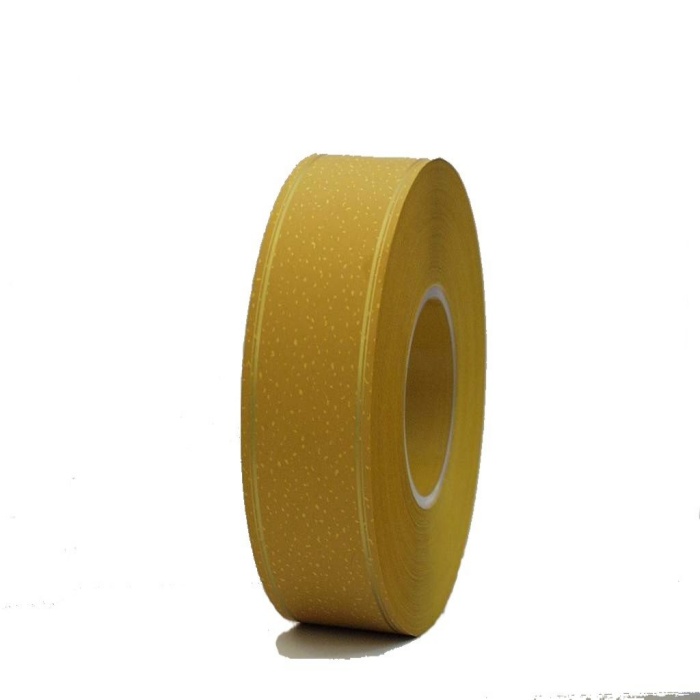In the competitive world of cigarette manufacturing, every component plays a crucial role in product quality, branding, and consumer satisfaction. One such essential element is tipping paper—the outer layer that wraps around the filter of a cigarette. High-quality tipping paper not only enhances the aesthetic appeal of the product but also influences functionality, printability, and compliance with industry regulations.
This comprehensive guide explores everything cigarette manufacturers need to know about tipping paper, including:
- What is tipping paper?
- Key properties of high-quality tipping paper
- Different types of tipping paper
- Printing and customization options
- Regulatory and safety considerations
- How to choose the best supplier
By the end of this guide, you’ll have a clear understanding of how premium tipping paper can elevate your cigarette brand.
1. What is Tipping Paper?
Tipping paper, also known as filter wrap or mouthpiece paper, is the material that covers the filter segment of a cigarette. It serves multiple purposes:
- Aesthetic appeal – Enhances brand identity through colors, logos, and designs.
- Functionality – Ensures proper ventilation (if perforated) and maintains structural integrity.
- Consumer experience – Provides a smooth, comfortable feel during smoking.
Unlike regular cigarette paper, tipping paper is slightly thicker and often includes specialized coatings for better printability and durability.
2. Key Properties of High-Quality Tipping Paper
Not all tipping papers are created equal. Premium-grade tipping paper must meet strict quality standards in terms of:
A. Material Composition
Most tipping papers are made from:
- Wood pulp (for standard tipping paper)
- Flax fibers (for enhanced strength and smoothness)
- Specialty blends (for unique textures or functionalities)
- Non-porous tipping paper – Used in traditional cigarettes.
- Perforated tipping paper – Allows controlled airflow for light or ventilated cigarettes.
B. Porosity & Air Permeability
C. Printability & Ink Adhesion
High-quality tipping paper should:
- Support high-resolution printing (for logos, patterns, or security marks).
- Be compatible with water-based, UV, or solvent-based inks.
- Resist smudging and fading.
- Must bond securely with the filter and cigarette rod without peeling.
- Should use food-grade adhesives to meet safety standards.
- Should not ignite easily to prevent accidental burns.
- Must comply with fire safety regulations (e.g., FSC, RIP requirements).
D. Glue Compatibility
E. Burn Properties
3. Different Types of Tipping Paper
Manufacturers can choose from several types of tipping paper based on their product needs:
A. Standard Tipping Paper
- Basic, uncoated paper.
- Used in traditional cigarette brands.
- Customized with brand logos, patterns, or security features.
- Enhances brand recognition and anti-counterfeiting measures.
- Contains micro-laser perforations for ventilation.
- Used in light, ultra-light, and menthol cigarettes.
- Features gold, silver, or holographic finishes.
- Used in premium and luxury cigarette brands.
- Made from recycled or sustainable materials.
- Appeals to environmentally conscious consumers.
B. Printed Tipping Paper
C. Perforated Tipping Paper
D. Metallic & Foil Tipping Paper
E. ECO-Friendly Tipping Paper
4. Printing & Customization Options
Custom tipping paper is a powerful branding tool. Leading manufacturers offer:
A. Offset Printing
- High precision for detailed logos and text.
- Best for large production runs.
- Cost-effective for medium to high volumes.
- Suitable for simple designs.
- Ideal for small batches and prototyping.
- Allows quick design changes.
- Embossing/Debossing – Adds a tactile feel.
- Holographic Effects – Enhances security and luxury appeal.
- Matte/Glossy Coatings – Improves visual impact.
B. Flexographic Printing
C. Digital Printing
D. Specialty Finishes
5. Regulatory & Safety Considerations
Cigarette manufacturers must comply with strict regulations, including:
A. Fire Safety Standards
- RIP (Reduced Ignition Propensity) requirements – Ensures cigarettes self-extinguish when not actively smoked.
- FSC (Fire Standard Compliant) certification – Mandatory in many countries.
- Must use non-toxic, food-grade inks.
- Compliant with EU, FDA, and ISO standards.
- Some regions require plain packaging (no branding).
- Health warnings may need to be printed directly on tipping paper.
B. Ink & Coating Safety
C. Tobacco Packaging Laws
6. How to Choose the Best Tipping Paper Supplier
Selecting the right supplier is crucial for quality and consistency. Consider:
✅ Experience & Reputation – Look for suppliers with a strong industry presence.
✅ Customization Capabilities – Can they meet your branding needs?
✅ Regulatory Compliance – Do they adhere to international safety standards?
✅ Production Capacity – Can they handle large orders with short lead times?
✅ Sustainability Practices – Do they offer eco-friendly options?
Conclusion
High-quality tipping paper is more than just a functional component—it’s a critical element in branding, consumer experience, and regulatory compliance. By understanding the different types, printing options, and safety standards, cigarette manufacturers can make informed decisions that enhance product quality and market appeal.
Whether you’re producing traditional, premium, or eco-friendly cigarettes, investing in superior tipping paper will ensure your brand stands out in a competitive market.

Post time: Aug-07-2025
